The visual Elements/The formal elements :
There are seven basic elements of photographic art: line, shape, form, texture, color, size, and depth. As a photographic artist, your knowledge and awareness of these different elements can be vital to the success of your composition and help convey the meaning of your photograph.
Line, the most fundamental of these, is the topic of this first part of our Elements of a Photograph series.
Line Photography :
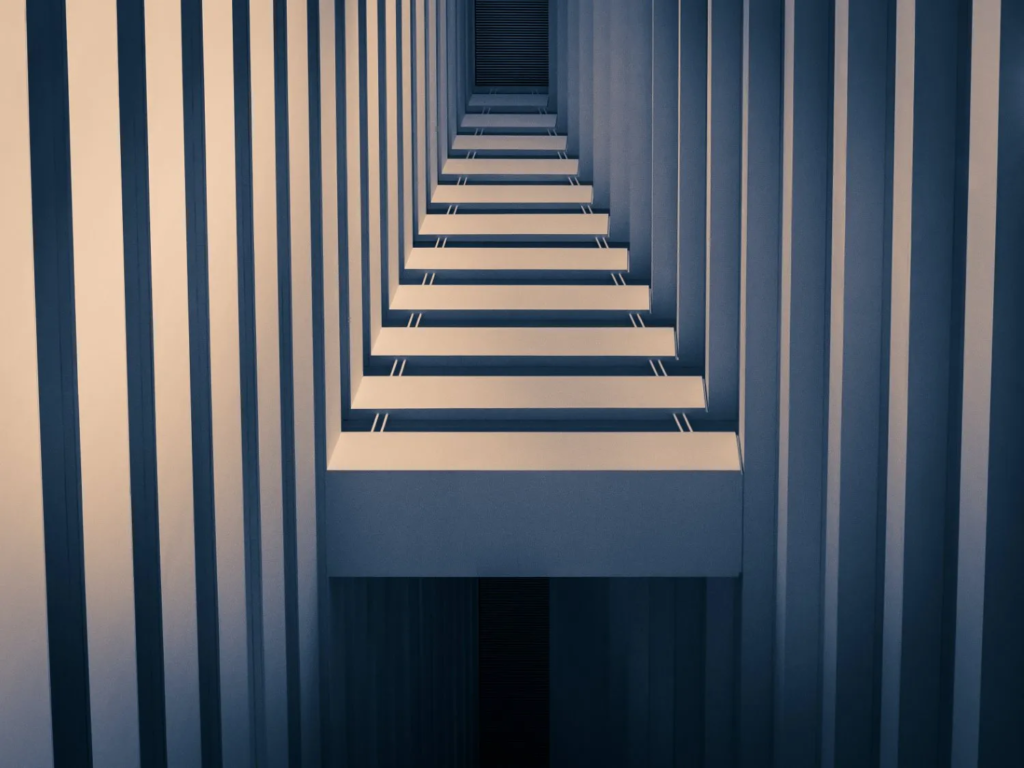
Types of Lines
Lines are either straight, curved, or a combination of the two. Lines can be solid, dashed or interrupted, implied, or psychological. They can be vertical, horizontal, or somewhere in-between.
Straight lines often show up in manmade objects. Curved lines can be manmade but are often organic in nature. Solid lines are common in scenes.
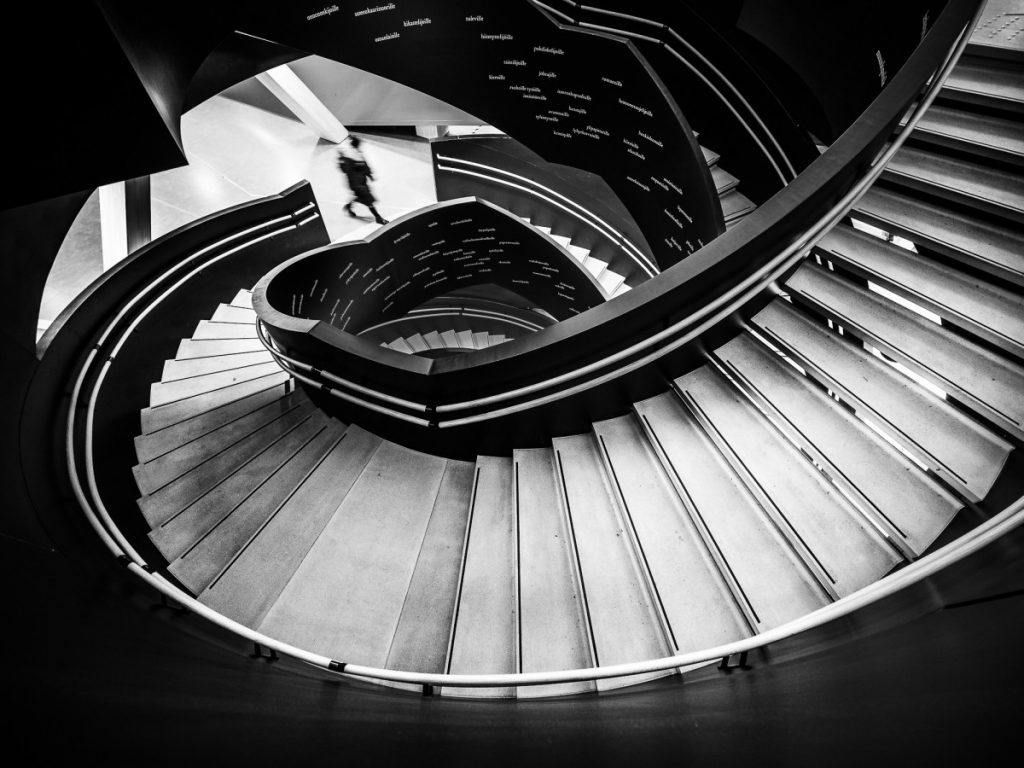
Lines in photographs often connect points inside the image. Sometimes lines enter the image from a point beyond the frame or exit the image to a point beyond the frame.
Shapes :
When a line, or more than one line, closes or connects, a shape is formed. This is the topic of this next part of our Elements of a Photograph series.

Definition:
The Merriam-Webster definition of “shape” that we are concerned with as photographic artists is:
- the visible makeup characteristic of a particular item or kind of item.
- spatial form or contour
- a standard or universally recognized spatial form

Characteristics of Shapes
Shapes are two-dimensional. They can be measured by overall height and width. Shapes can be the outline of an object—familiar or unfamiliar.
Sometimes a familiar shape can transform into an unfamiliar or unrecognizable shape based on the viewpoint of the photographer. While the shape of a standard lightbulb is recognizable and constant from the horizontal viewpoint, viewing it from directly overhead or below shows a nondescript circle.

Types of Shapes
There are two basic types of shapes: geometric (or regular) and organic. We all know geometric shapes—circle, square, triangle, dodecahedron, and so on. We are also familiar with organic shapes—the outline of a bird, elephant, flower, tree, etc. Fluids can create organic shapes that cannot be permanently defined—the shape of a cloud or a rain puddle, for instance.
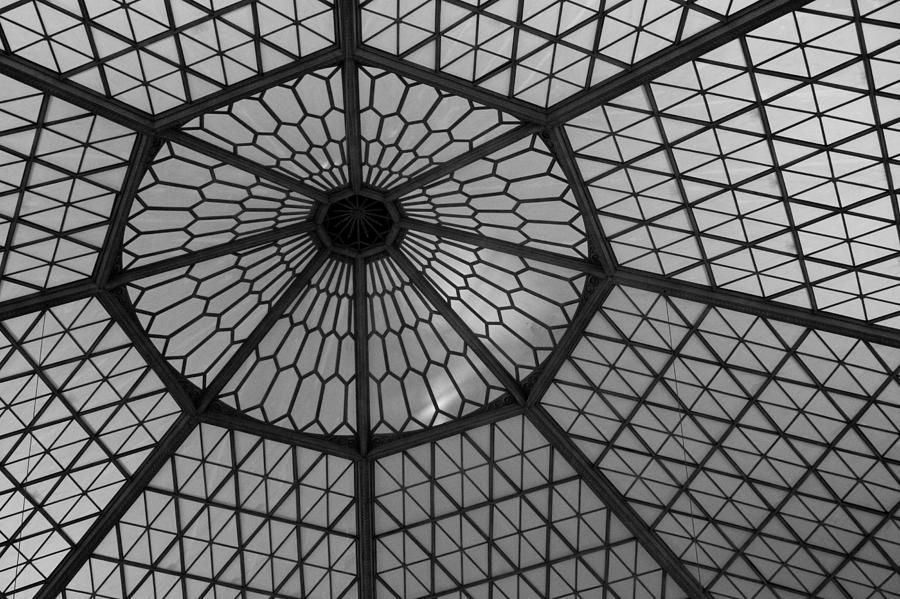
Form :
What separates form from shape? Form takes shape from the two-dimensional and brings it into the three-dimensional. And, speaking of form, it is the next part of our Elements of a Photograph series.
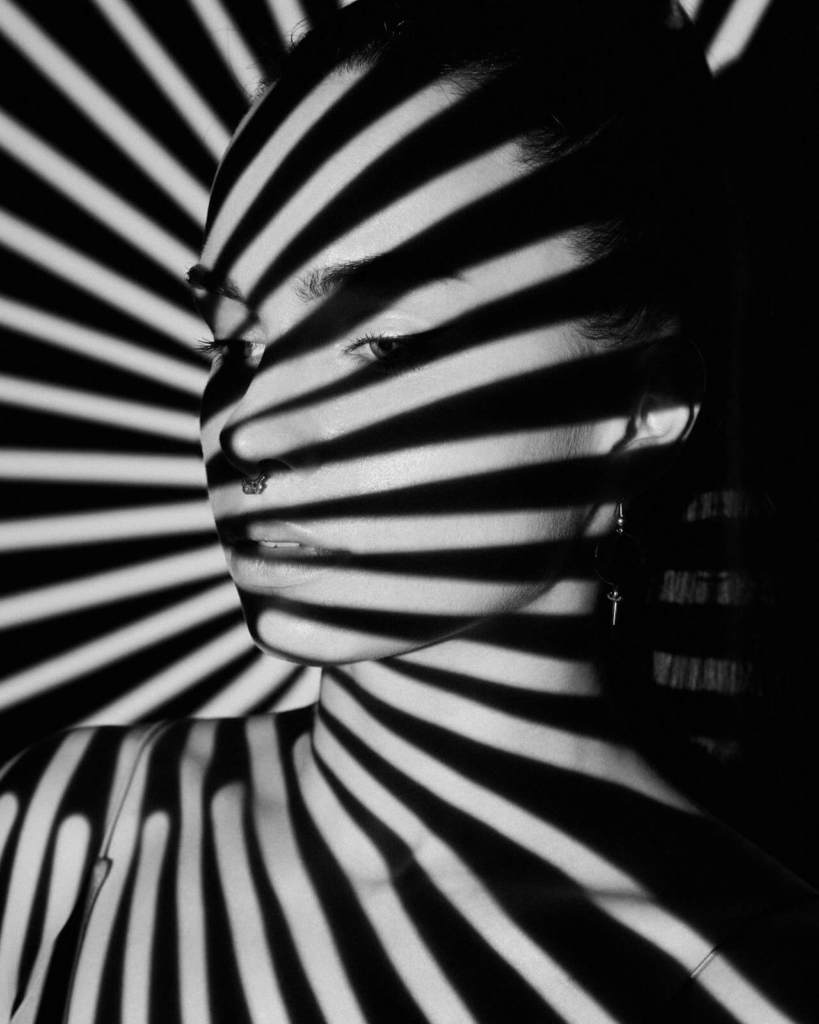
What separates form from shape? Form takes shape from the two-dimensional and brings it into the three-dimensional. And, speaking of form, it is the next part of our Elements of a Photograph series.
Characteristics of Form
Form is three-dimensional. Form has overall height, width, and depth.
Types of Form
Just as with shapes, there are two basic types of form—geometric (or regular) and organic.
Geometric forms are the familiar sphere, cube, cone, cylinder, and so on. We are also, of course, familiar with organic forms—they are the objects that surround us in our three-dimensional world.
Like shapes, forms can be simple or infinitely complex.
And, again, like shapes, forms create positive and negative space. In a photograph, positive space is basically that which is occupied by forms; negative space is what remains.

Texture :
In photography, texture can be felt with both the fingers (the print) and virtually (with the viewer’s eye). Texture is the next part of our Elements of a Photograph series.

Definition:
The Merriam-Webster definition of “texture” that we, as photographic artists, are concerned with is:
the visual or tactile surface characteristics and appearance of something
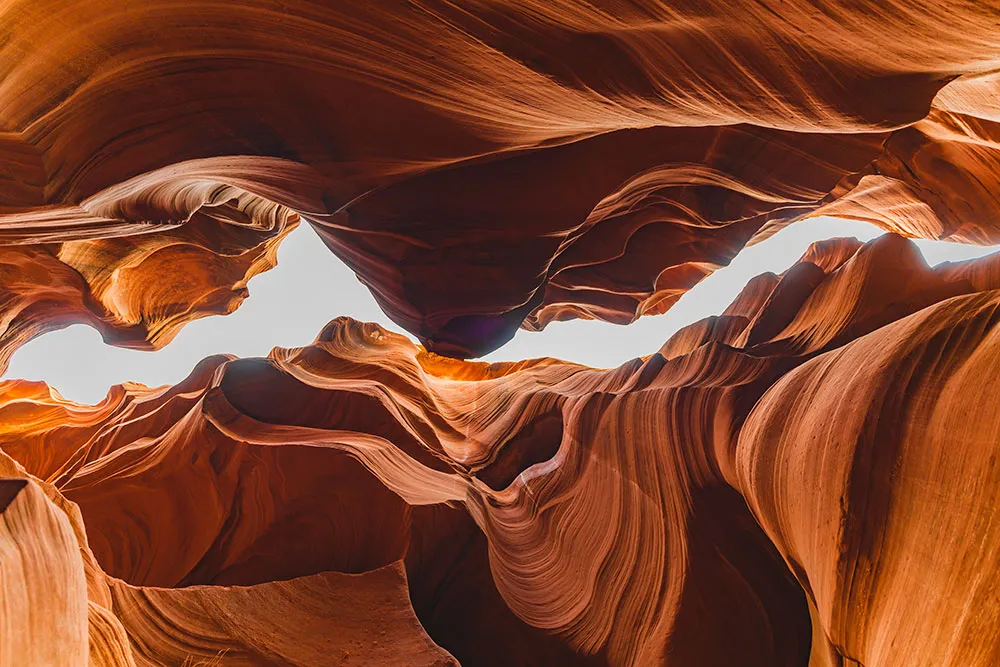
Characteristics of Texture
Texture in “real life” can be, basically, smooth or rough. We can use other descriptors as well: slimy, wet, hard, soft, bumpy, shiny, etc.
Texture in the photograph is similar to form in that it is revealed by variations in tonality and presented in two dimensions.

Types of Texture
In a photograph, smooth objects might have reflections or specular highlights. Rough objects might have aggressive areas of light and shadow without reflections.

Colour :
We will be adding a splash of colour in this part of our Elements of a Photograph series.
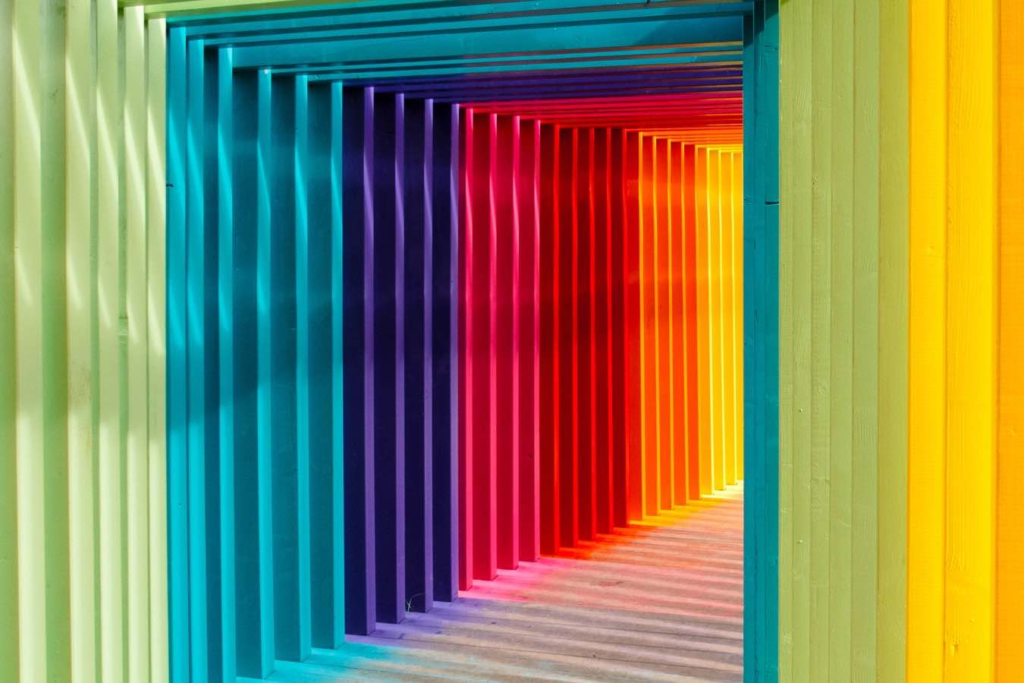
Definition:
The Merriam-Webster definition of “color” that we, as photographic artists, are concerned with is:
a phenomenon of light (such as red, brown, pink, or gray) or visual perception that enables one to differentiate otherwise identical objects
the aspect of the appearance of objects and light sources that may be described in terms of hue, lightness, and saturation for objects and hue, brightness, and saturation for light.
also : a specific combination of hue, saturation, and lightness or brightness
a colour other than and as contrasted with black, white, or grey
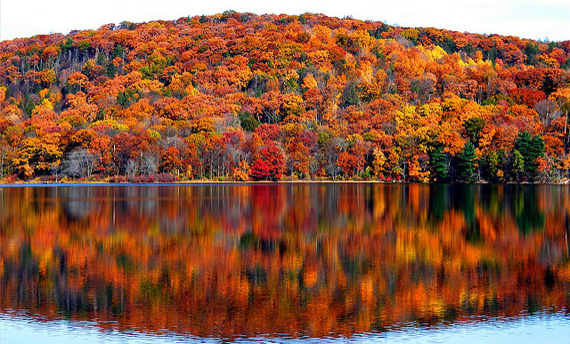
Characteristics of Color
Light itself has no perceived color. But, send light through a prism or a drop of water and we can see that it is comprised of a literal rainbow of colors.
Colour has three properties: hue, value, and saturation.

Hue is simply the description of the color (e.g., blue, red, yellow, etc.).
Value is the relative brightness or darkness of a color.
Saturation is the intensity or purity of a colour. The purest colour is a hue with no white, black, or grey added to it.
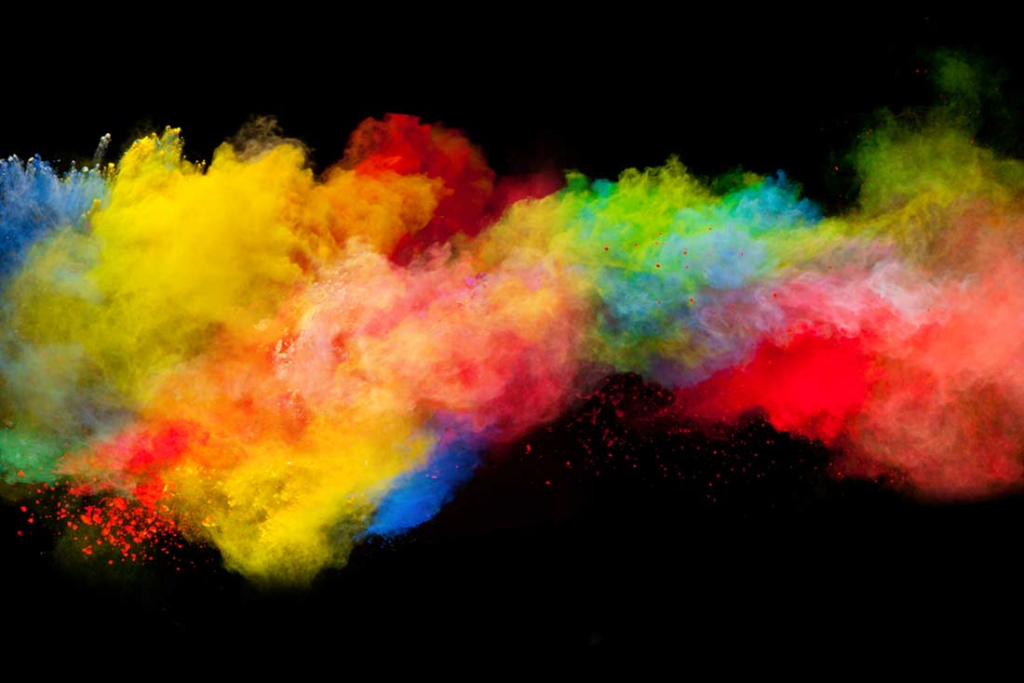
Types of Color
Separate the different colours of the rainbow and we can see these varied colours elicit different emotional responses—some based on genetic response, others based on cultural programming. Red can mean danger, blue symbolizes calm, yellow is happy, black is mournful, white is innocent, and purple can symbolize wealth.
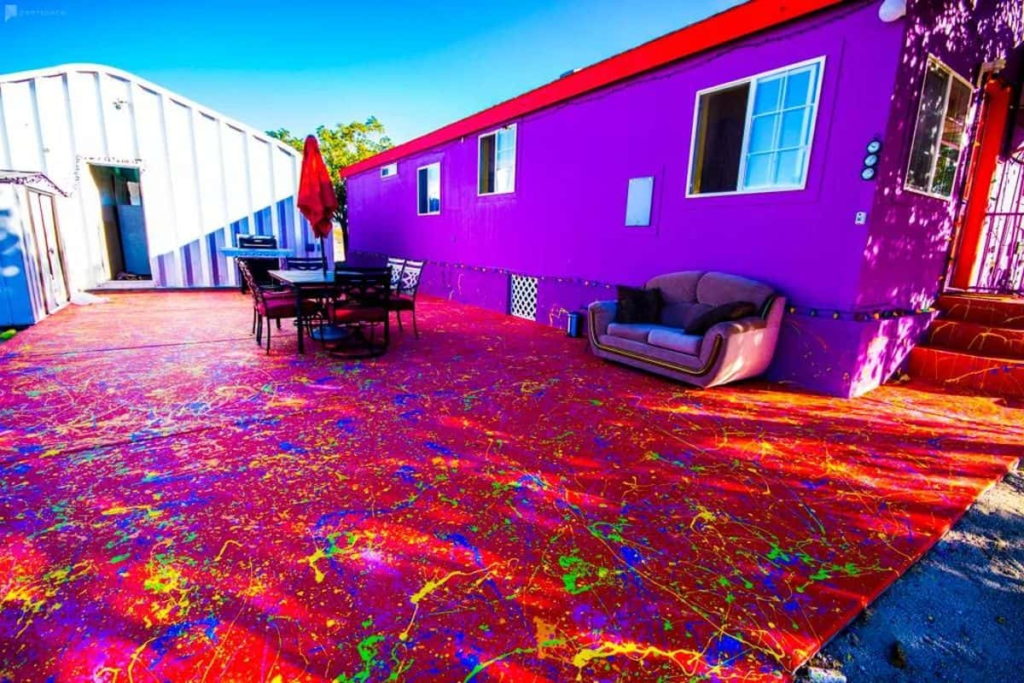
Size :
Size, the most elusive of these, is the topic of this sixth part of our Elements of a Photograph series.

Definition:
The Merriam-Webster definition of “size” that we, as photographic artists, are concerned about is:
physical magnitude, extent, or bulk : relative or proportionate dimensions.
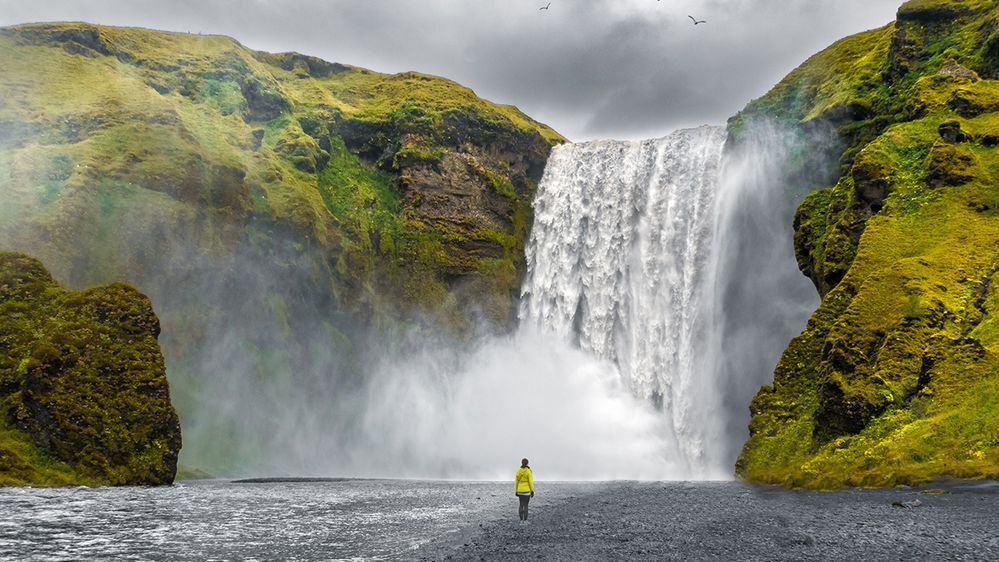
Characteristics of Size
In the world of two-dimensional art such as drawing and painting, “space” is an art element. In photography, the space is already rendered before the camera, so we look at how both size and depth are reproduced, created, and recognized in the photograph.
Size in a photograph is relative and can be an illusion.

Types of Size
Large, medium, or small. (NOT short, tall, grande, and venti. Please.)
The camera, lens, and print can render large objects small, or small objects large. Even objects familiar to our eyes can be rendered relatively large in a photograph, while things we know to be enormous are rendered small. Thanks to the Apollo astronauts, we can fit our entire planet onto a small photographic print. We can also print a photograph the size of a highway billboard or a single grain of sand. We can even use a 1:1 macro lens to reproduce objects at “life-size.”
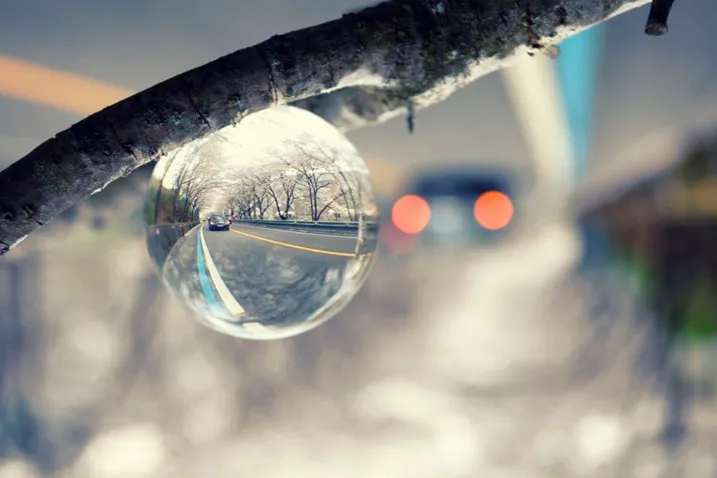
Depth :
Depth, one of the most compelling elements, is the topic of this final part in our Elements of a Photograph series.
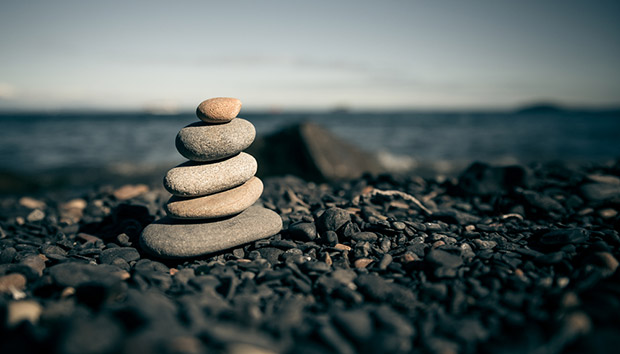
Definition:
The Merriam-Webster definition of “depth” that we, as photographic artists, are concerned about is:
in the world of two-dimensional art, such as drawing and painting, “space” is an art element. In photography, the space is already rendered before the camera, so we look at how size and depth are reproduced, created, and recognized in the photograph.
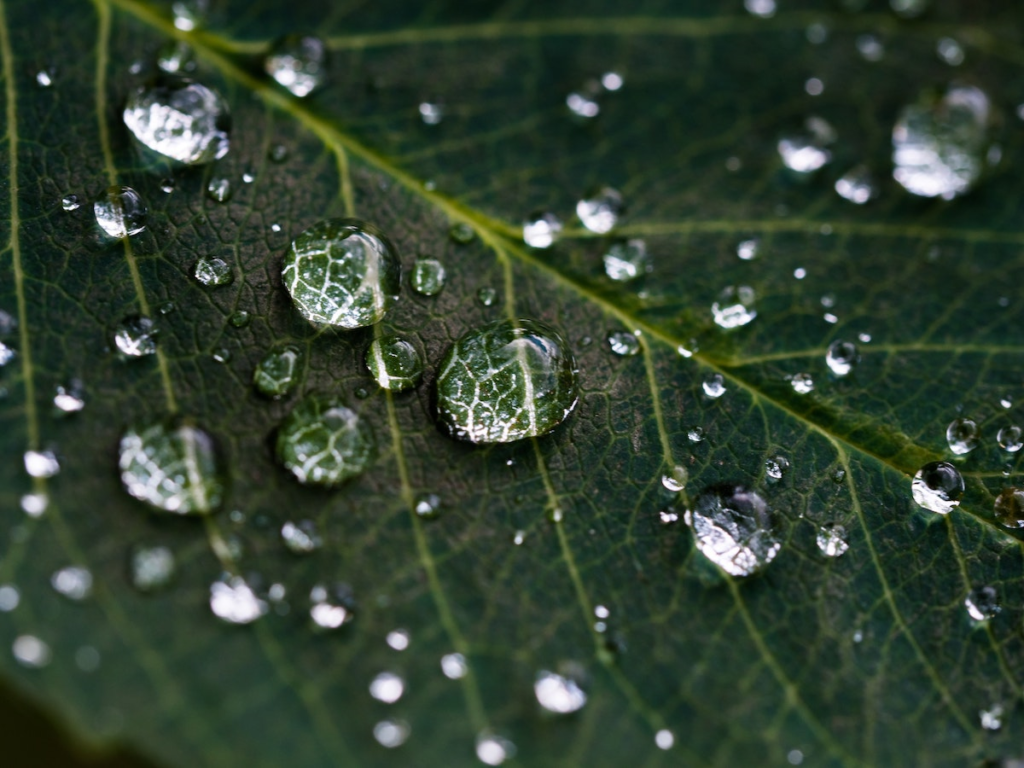
Characteristics of Depth
We already discussed depth when adding the concept of depth to shape to create form. Here we will discuss the depth of a scene—relating it to size, and adding the element of space.
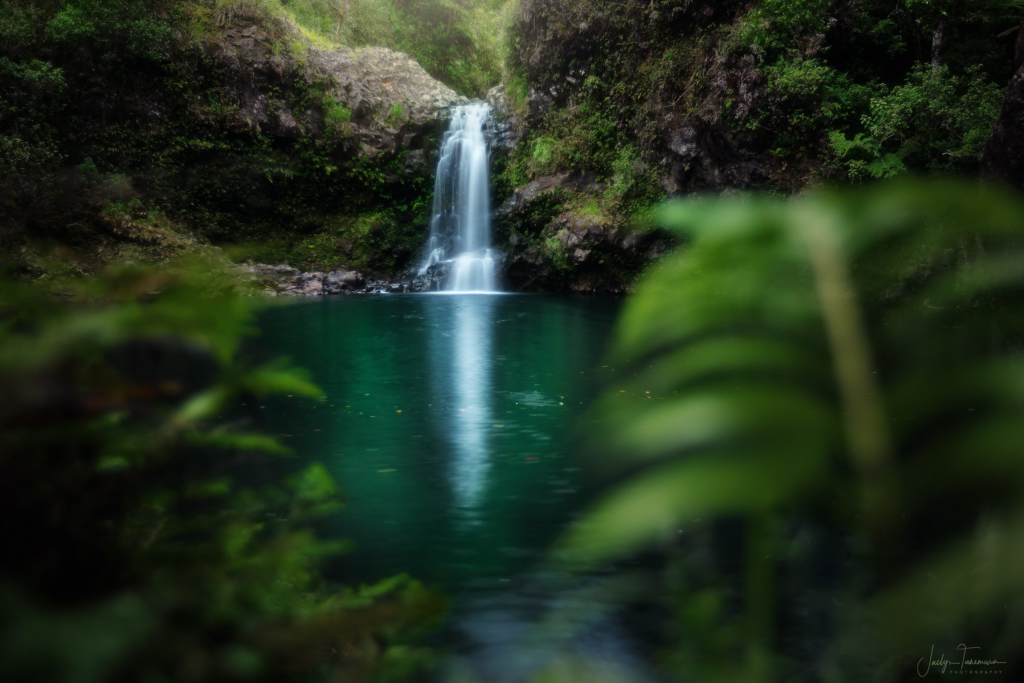
Types of Depth
Unless you are photographing perpendicular to a blank and smooth wall, your image will have depth. How well the depth is rendered is dependent on the objects in the frame, your choice of composition, and your perspective in relation to the objects in the frame. Most images have a foreground, middle ground, and background. The stronger the delineation between those successive “grounds,” the stronger the sense of depth in your image.
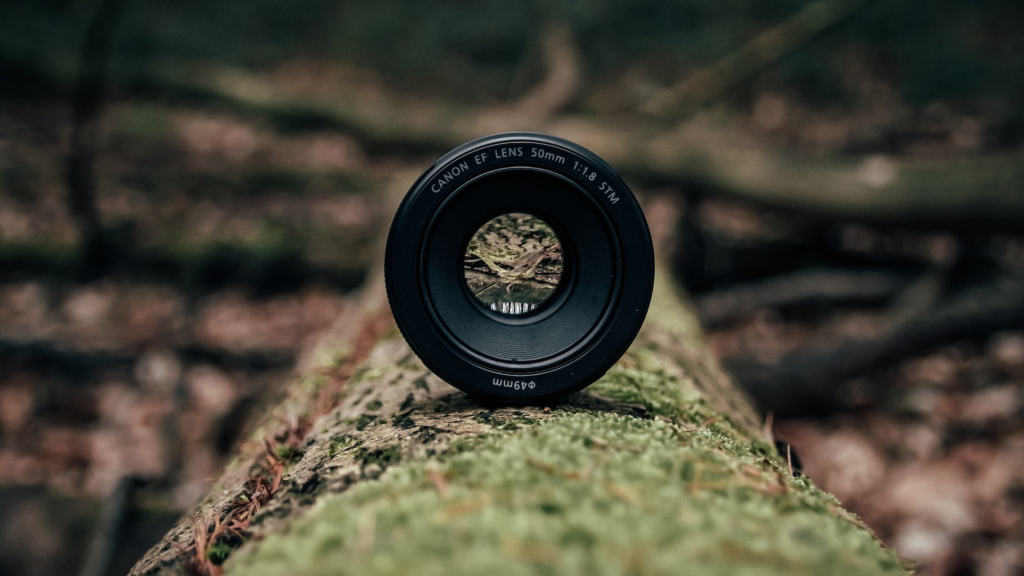
Final Thoughts
Knowledge of the elements of art is not, by itself, the key to creating better photographs. But a familiarity with how these elements appear in the world that surrounds your camera and lens gives you a higher level of consciousness about what you are framing. That, in turn, can help you adjust your composition and even express your image more deliberately by using the tools that these elements provide.

Shannon, a good blog post that can achieve more marks if you respond to each formal element with your own images and add to blog post for further analysis/ comparison.